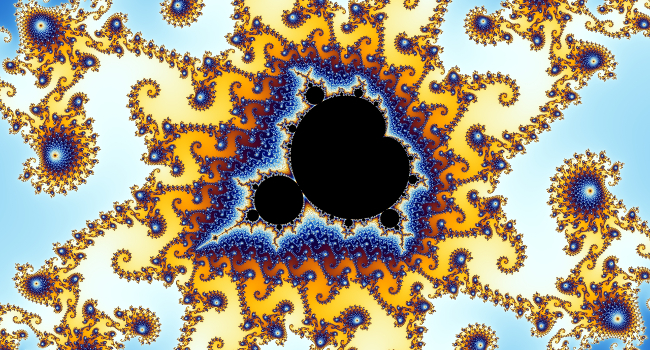Anyone who’s ever watched a Jurassic Park film or who’s heard of the “butterfly effect” has already come across chaos theory. Frankly, it’s hard to think of any pop cultural expression more mainstream than a Steven Spielberg film, but it wasn’t always that way for this interdisciplinary theory which states that within the apparent randomness of chaotic complex systems, there are underlying patterns, constant feedback loops, repetition, self-similarity, fractals, self-organization, and sensitive dependence on initial conditions. Here’s the Wiki…
The butterfly effect describes how a small change in one state of a deterministic nonlinear system can result in large differences in a later state, e.g. a butterfly flapping its wings in Brazil can cause a tornado in Texas.
Small differences in initial conditions (such as those due to rounding errors in numerical computation) yield widely diverging outcomes for such dynamical systems — a response popularly referred to as the butterfly effect — rendering long-term prediction of their behavior impossible in general.[2][3] This happens even though these systems are deterministic, meaning that their future behavior is fully determined by their initial conditions, with no random elements involved.[4] In other words, the deterministic nature of these systems does not make them predictable.[5][6] This behavior is known as deterministic chaos, or simply chaos. The theory was summarized by Edward Lorenz as:
Chaos: When the present determines the future, but the approximate present does not approximately determine the future.
The roots of chaos theory reach all the way back to the 19th century, but it wasn’t until 1982 when Benoit Mandelbrot published The Fractal Geometry of Nature that the strange science with its visionary mathematical patterns had its first classic tome.
Celebrating the 35th anniversary of Mandelbrot’s breakthrough book, here’s a short biography of the godfather of chaos and his most famous discovery…
Please subscribe to my YouTube channel where I archive all of the videos I curate at Insomnia. Click here to check out more Counter Culture posts.








